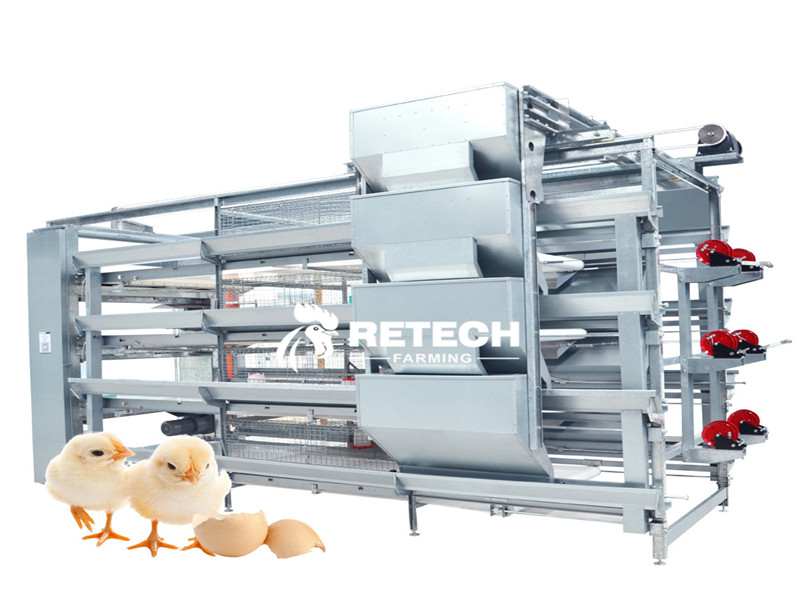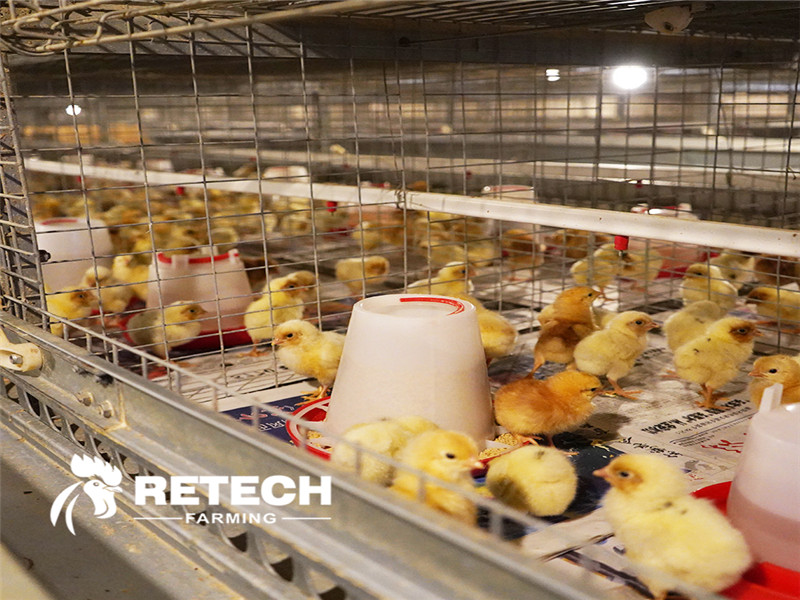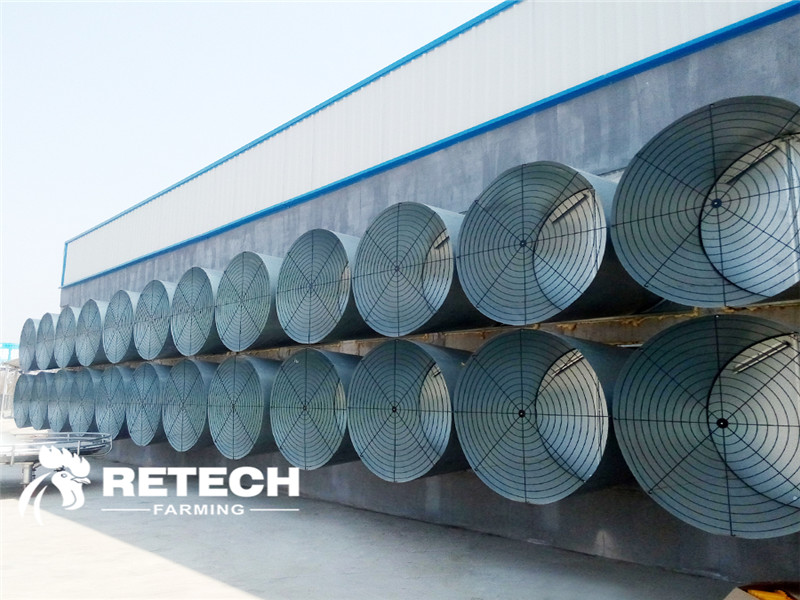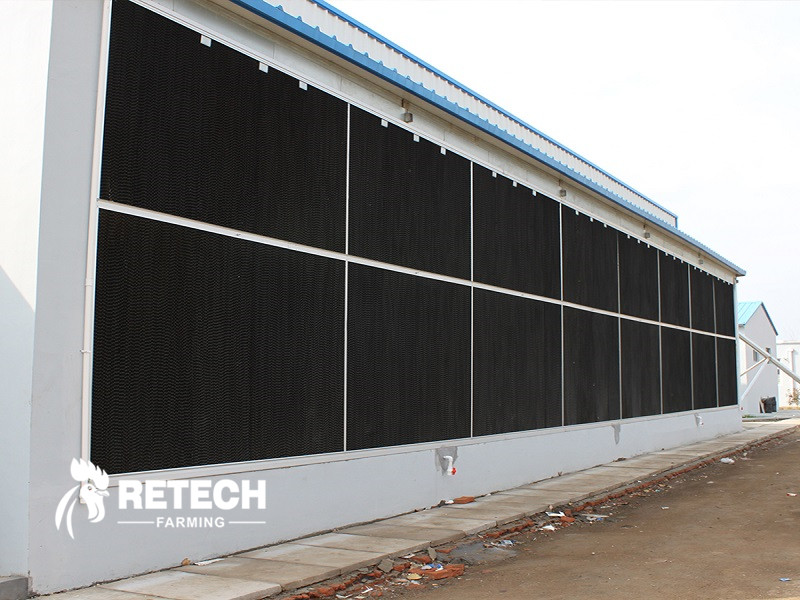Close search
 Published :
/
Published :
/ Posted by : Retech
Posted by : RetechAfter the chicks are fledged, they must go through brooding in the brooder. The general brooding period is 30-35 days, so that the most important vaccinations for chicks can be completed and the survival rate of chicks can be improved.
Before planning to go into the chicks to do a good job in the construction of the brooder, cleaning and disinfection.
1. Construction: The construction of the brooding room must be able to achieve the purpose of ventilation and insulation.
Commonly used heating methods are three: one is the flue type; second is directly installed in the indoor cellular coal stove or iron coal stove and add a pipe to reach outside; third is the electric heating.
2. Cleaning and disinfection: 7 days before the chicks must be thoroughly cleaned and cleaned brooding room, cleaning and cleaning order: roof one by one walls - equipment and utensils - the ground, and then splashed with lime water or caustic soda water, to do a thorough disinfection. In the day before the chickens and then non-irritating disinfectant water for indoor and outdoor spray disinfection.
3. Brood supplies preparation: in the brood before the required word material, apparatus, drugs, vaccines ready for its use.
4. The brood chamber pre-temperature: according to the climate, 1-2 days in advance to start heating, while checking the effect of heating.

1. Temperature: temperature is the most important condition to determine the success or failure of brooding.
The first week: 32-35C, the first three days shall not be less than 33C: the second week: 28- -32C: the third week: 25- -28C: the fourth week: 20-25C: the fifth week: off temperature. During this five-week brooding period, the temperature can only gradually drop by 2°C per week until desuperheating.
The actual temperature is determined by the even distribution of the flock in the brooding coop. If the temperature is too high, there will be open-mouth breathing, and if it is too low, there will be bunching.
The brooding room not only requires a suitable temperature, but also to maintain a uniform temperature, not high and low, otherwise the chicks are susceptible to colds, dysentery and respiratory diseases.
Suitable temperature chicks should be lively, evenly distributed; if the temperature is too high chicks away from the heat source, open mouth breathing, chicken wings drooping, crawling on the ground; if the temperature is too low chicks close to the heat source, pile up, easy to squeeze each other and die.
2. Humidity: humidity has a greater impact on the health and growth of chicks, especially in the first three days should be maintained at 60%-65% relative humidity, the later the more should be kept dry as appropriate.

3. Light: strong light will affect the chicks rest, and even cause pecking anus, pecking hair, generally with 40-watt bulbs lighting. Two weeks it is best to give 24 hours of light, and then gradually reduce the light, so that they can adapt to the dark environment, conducive to dehumidification.
4. Density: the density of the flat brooding period to 30-40 / square meter is appropriate; online brooding should not be higher than 100 / square meter, if the online brooding conditions in the brooding period can be divided into two periods: the first two weeks online, the second two weeks can be moved to the flat brooding indoor, proper insulation.
5.Ventilation: the first week of brood can not open the window, a week later gradually open the window ventilation to keep the indoor air fresh and circulating, which is conducive to reducing the humidity of the late brood and the discharge of harmful gases, to keep the indoor bedding dry and reduce the occurrence of disease.


6. Drinking water and open food
(1) the first drink: should use warm water, and in the water to add multivitamins and drugs to prevent intestinal diseases. If dehydration occurs after long-distance transportation, 3-5% glucose should be added to the drinking water.
(2) open food: generally should be 1-2 hours after the first drink can be fed. When the food is opened, pay attention to diligent addition and less feeding, each time before adding the remaining feed in the trough to clean up, to prevent mold and mildew.
Regularly disinfect the brood indoor and outdoor to kill the pathogens in the environment, cut off the transmission pathway, and stop the spread of disease.